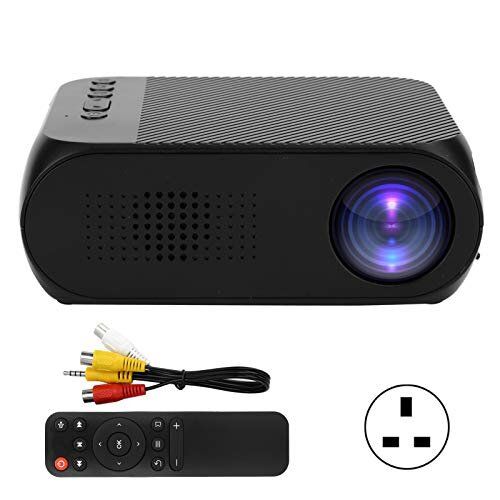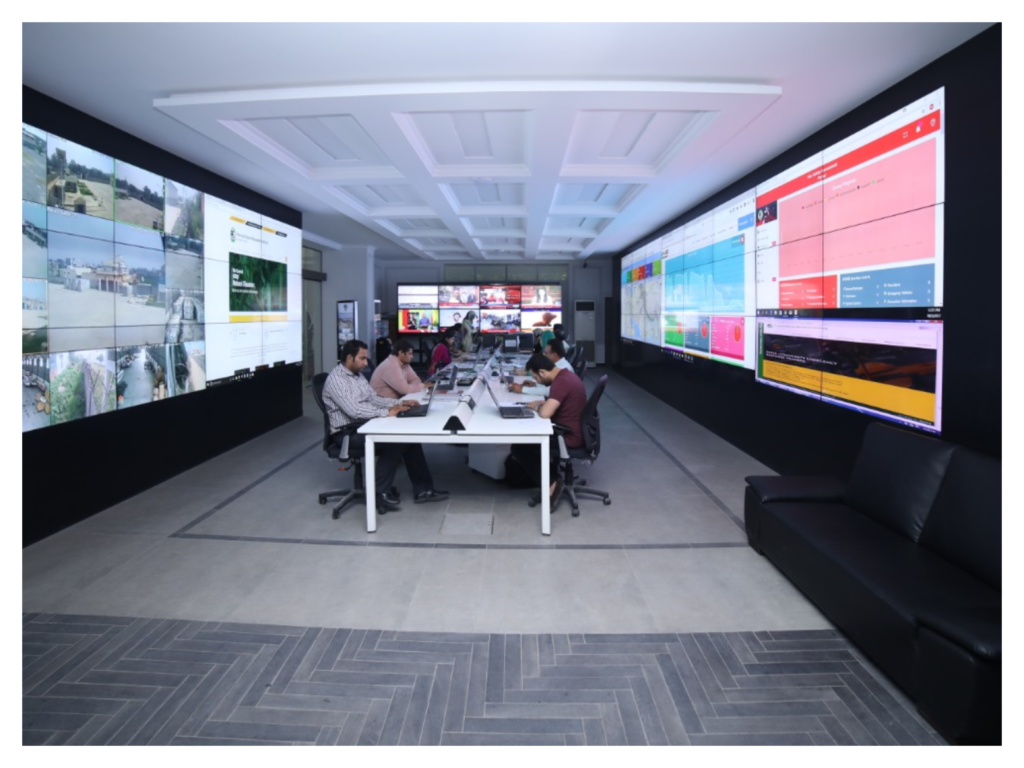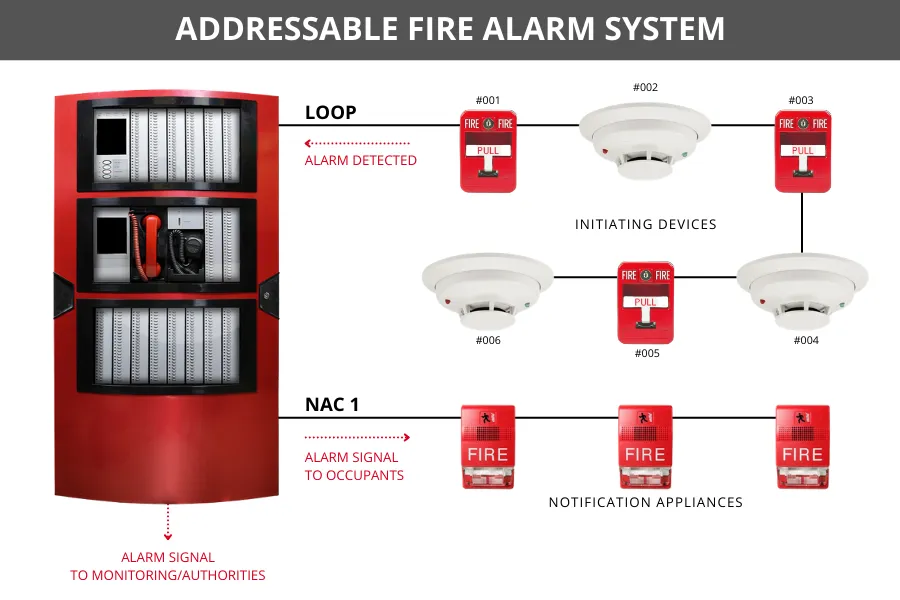In 2025, video conference systems have transformed how businesses, educators, and individuals connect globally. From humble beginnings with grainy webcam calls in the early 2000s to today’s AI-powered, immersive platforms, these systems are now integral to seamless communication. This guide explores the latest trends, features, and solutions in video conferencing, optimized for commercial and informational needs, ensuring you choose the best system for your goals.
Why Video Conference Systems Are Essential
The shift to remote and hybrid work, accelerated by the 2020 pandemic, made video conferencing indispensable. Modern systems offer more than just video calls—they integrate collaboration tools, AI enhancements, and robust security. Businesses rely on them for team meetings, client pitches, and global webinars, while individuals use them for virtual events and family gatherings. With 5G and cloud advancements, these platforms deliver high-quality, lag-free experiences, making them a cornerstone of modern communication.
- Increased Productivity: Real-time collaboration with screen sharing and interactive whiteboards.
- Cost Efficiency: Reduces travel expenses for in-person meetings.
- Global Reach: Connects teams across continents effortlessly.
Top Features to Look for in a Video Conference System
Choosing the right video conference system in 2025 requires evaluating key features. Systems have evolved since the days of basic Skype calls, now offering advanced capabilities tailored to professional and personal needs. Prioritize these features to ensure a seamless experience:
- AI-Powered Tools: Automatic transcription, real-time translation, and noise cancellation enhance clarity.
- High-Resolution Video: 4K and 8K support for crystal-clear visuals.
- Integration: Compatibility with tools like Slack, Microsoft Teams, and CRM platforms.
- Security: End-to-end encryption and multi-factor authentication protect sensitive discussions.
- Scalability: Supports small team huddles to large-scale webinars.
Look for platforms like Zoom, Microsoft Teams, or Webex, which lead the market with these capabilities.
Best Video Conference Systems for Businesses
The market is flooded with options, but certain platforms stand out for commercial use. In the early 2010s, video conferencing was limited to enterprise-grade solutions like Polycom, but today’s systems cater to businesses of all sizes. Here’s a breakdown of top solutions:
- Zoom: Known for reliability, Zoom offers AI-driven features like virtual backgrounds and meeting analytics.
- Microsoft Teams: Ideal for organizations using Microsoft 365, with deep integration and robust collaboration tools.
- Cisco Webex: Excels in security and hardware integration for conference room setups.
- Google Meet: Simple, cloud-based, and perfect for smaller teams or quick meetings.
Each platform offers unique strengths, so align your choice with your business size, budget, and integration needs.
How to Optimize Your Video Conferencing Setup
A great system is only as good as your setup. In the past, poor internet and low-quality webcams plagued virtual meetings, but 2025’s technology eliminates these issues with proper configuration. Follow these tips for an optimal experience:
- Reliable Internet: Use a minimum of 50 Mbps for stable 4K streaming.
- Quality Hardware: Invest in HD webcams, noise-canceling microphones, and proper lighting.
- Software Updates: Keep your platform updated to access the latest features and security patches.
- Test Runs: Conduct trial meetings to troubleshoot audio or video issues.
A well-optimized setup ensures professional-grade meetings, whether for client presentations or team brainstorming.
Future Trends in Video Conference Systems
The future of video conferencing is exciting, building on decades of innovation since the first video calls in the 1990s. Emerging trends are shaping how we connect:
- Virtual Reality (VR) Integration: Immersive meeting spaces using VR headsets for lifelike interactions.
- AI Avatars: Digital representations of users for automated or asynchronous meetings.
- Sustainability: Energy-efficient platforms to reduce carbon footprints.
- Enhanced Accessibility: Features like real-time captions and sign language translation for inclusivity.
These advancements promise to make video conferencing more engaging and accessible, catering to diverse user needs.
Conclusion
Video conference systems in 2025 are powerful tools for communication, collaboration, and growth. From their origins in clunky, expensive setups to today’s sleek, AI-enhanced platforms, they’ve revolutionized connectivity. Whether you’re a business seeking scalability or an individual hosting virtual events, prioritize features like security, integration, and high-quality video. Evaluate top platforms, optimize your setup, and stay ahead of trends to maximize your investment. For the latest pricing and features, check platforms like Zoom or Microsoft Teams directly.
FAQs
How does a video conference system enhance business development?
Video conferencing boosts collaboration, reduces travel costs, and speeds up decision-making, helping businesses expand globally with real-time communication.
What is the best video conference system?
Top systems include Zoom Rooms, Microsoft Teams Rooms, and Cisco Webex for seamless HD meetings, AI features, and enterprise security.
What are the steps in a video conferencing system?
Setup hardware, connect software, schedule meetings, share screens, and use AI tools (transcriptions, noise cancellation) for smooth sessions.
Which device is used for video conferencing?
Devices include all-in-one bars (Logitech Rally), PTZ cameras, beamforming mics, and interactive displays for professional-grade meetings.




